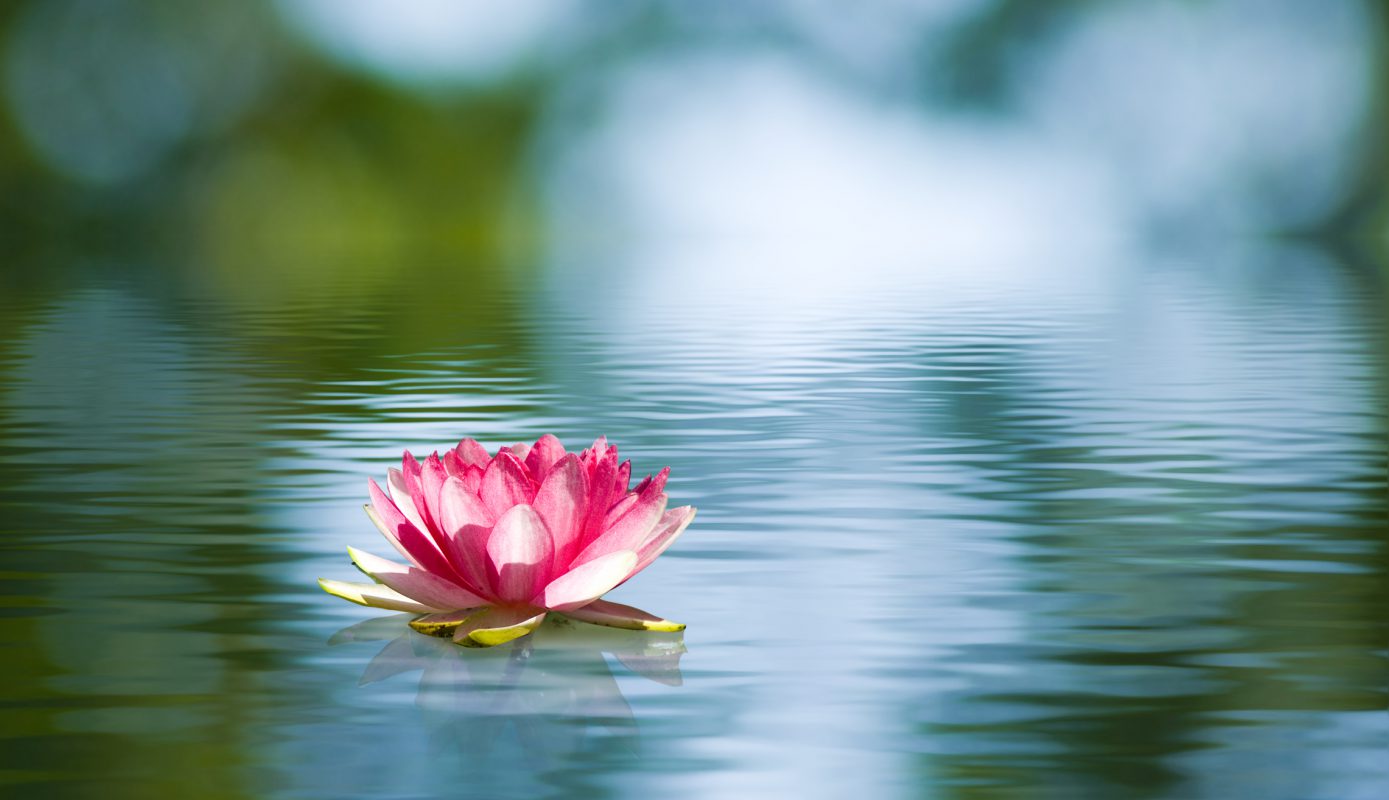Summer is surely the best time of year to be a pond keeper. The fish are at their most active and long, warm evenings can be spent happily at the side of the pond watching the frenzy of activity. After the stress of bringing the pond through the delicate spring period, summer is the time to lie back and appreciate your hard work. However, there are several unique problems that can arise in pond water during the summer, some of them caused by the excessive growth of nuisance algae.
One of the properties of water is that as it cools down it can hold more dissolved oxygen. A sample of freshwater at 5°C is saturated with oxygen at 12.76 mg/l. However, a sample of water at 25°C is saturated when it holds only 8.24 mg/L of oxygen.
What are the implications of this for our pond?
Firstly, there is less oxygen available to the fish when the water is warmer, but to exacerbate the situation the fish become more active at higher temperatures, meaning they have a greater demand for oxygen. For every 10⁰C rise in temperature the metabolic rate of the fish roughly doubles.
It is not only the fish that will have a greater oxygen demand, the activity of the filter bacteria is also dictated by temperature – the warmer the water the faster they metabolise. Couple this with a greater production of ammonia by the fish, and the increased overall consumption of oxygen by living organisms in the pond, the amount of oxygen available is at an annual low.
To manage this summer oxygen paradox, it is essential that the pond keeper ensures that the water is thoroughly oxygenated throughout the summer months. The best way to do this is to use a Tetra Test Oxygen testing kit to analyse the oxygen level to ensure it remains at a value that can meet the requirements of fish and filter bacteria.
Oxygen concentration can be expressed in mg/L (or the similar expression; ppm), but this fails to account for the saturation value of oxygen in the water. A more convenient expression is percentage saturation. For example, freshwater at 25°C holds 8.24 mg/L of oxygen at 100% saturation, if the level dropped to 6 mg/L then the sample would be 72.8 % saturation.
As such, during the summer months, the pond keeper must be especially vigilant of dissolved oxygen levels in the pond. Regular testing is useful, thorough aeration of the water by airstones, venturi’s, waterfalls and/or fountains is essential. During especially hot and humid days, the dissolved oxygen level can be at its lowest, and extra vigilance is required. Always make sure you have hit a minimum of 60% saturation but strive for a value nearer to 80%. The closer biofiltration chambers are to saturation with dissolved oxygen the better they function.
Another problem that can arise in ponds in the summer is blooms in the growth of unsightly blanket weed and green water algae. These primitive plants have basic requirements including dissolved nutrients such as nitrate and phosphate and sunlight to allow them to photosynthesise. In many ponds, algae become a real problem in the summer as the sunlight reaches the correct intensity and shines for a sufficiently long period of time to allow algal growth to proceed at a maximal rate. Tetra Pond AlgoFin and AlgoRem can help to safely and effectively treat algae problems.
Apart from looking unsightly, algae can cause numerous water quality based problems. On a basic level, algal cells and strands of blanket weed soon clog filtration systems, leading to the pond keeper having to perform laborious routine maintenance to keep the life-support-system of the pond running efficiently.
Down at a chemical level, the pond water is being profoundly influenced by the growth of algae. The photosynthetic processes which occur only in daylight hours see the liberation of oxygen and the uptake of carbon dioxide. These processes occur at the same time as the normal respiration of the plant, but there is an overall increase in oxygen and decrease in carbon dioxide in a pond with heavy growths of plant life.
At night photosynthesis stops, but respiration continues leading to a decrease in oxygen levels and increases in carbon dioxide, a trend that continues until sunrise.
What does all this mean for the fish?
Firstly, the oxygen level in the pond will be far from stable, lakes heavily choked with algal growth have been recorded fluctuating from a supersaturated 169% down to a low of 39% sat. This instability would cause chronic stress to fishes and would need to be remedied.
Another problem is the carbon dioxide release which increases at night. The chemistry of carbon dioxide in water is very complex, but can generally be considered to lower the pH as it leads to the formation of carbonic acid, meaning that more carbon dioxide leads to a lower pH.
The pH is held stable by the buffering system or carbonate hardness (KH) in the water. Ponds with a good strong KH (>6 °H) can resist the change in pH for a decent length of time, as the KH can buffer the carbonic acid. Remember though that KH can become exhausted and is best replaced by a water change with hard to moderately hard water. If you live in a soft water area of the country then KH can be raised by placing a cockle or oyster shell into the final stage of the filtration system. Alternatively, you can improve water quality by adding Tetra Pond WaterBalance which helps to maintain the correct water conditions, stabilising pH and KH to promote a healthier pond environment.
Therefore, a pond choked with algae is a potentially dangerous environment for the pond as well as an eyesore in the garden of the pond keeper. The action plan involves getting rid of the algae, ensuring the oxygen level is not fluctuating by vigorously aerating the water, especially at night. And finally ensuring the pond is not suffering daily fluctuations in pH by maintaining a good level of KH in the pond water.
What about aquaria?
This unfortunate property of water to hold less oxygen in warmer water also impacts aquaria but for the majority of tanks this should not be an issue if necessary precautions are taken. A tropical tank will be heated to around 25⁰C though in a small urban flat in high summer the room temperature may rise well above this. Measures taken to keep the room at a comfortable temperature for the human occupants will also benefit the fish. Close curtains and blinds to block direct sunlight and leave windows open if you’re able to. Aerate the tank as much as possible at this time of year, monitor the tank temperature and fish behaviour closely. Look out for signs of respiratory distress such as lethargy and gasping at the water surface.
Goldfish in unheated tanks should be able to tolerate water temperatures rising above 25⁰C, but again there will be a need to aerate the tank often. Temperate tanks containing fishes such as White Cloud Mountain minnows will be less forgiving.
Marine aquarium keepers will need to be especially vigilant as overheating of their aquaria can be a common problem especially due to the strong lighting used and fish/invertebrate distress can arise – these tropical marine animals simply cannot tolerate temperatures encountered in some indoor environments in the summer. If room temperatures cannot be kept below 25⁰C in high summer, then an automatic aquarium chiller must be installed or the fishkeeper must be ready with ice packs, a fan or cooled artificial seawater to manage the temperature manually.

